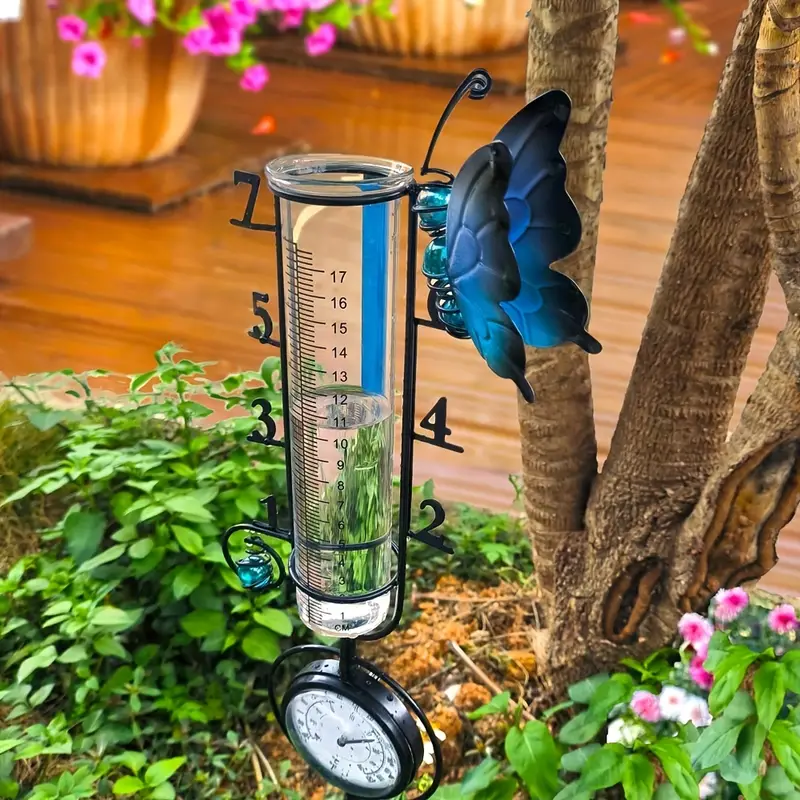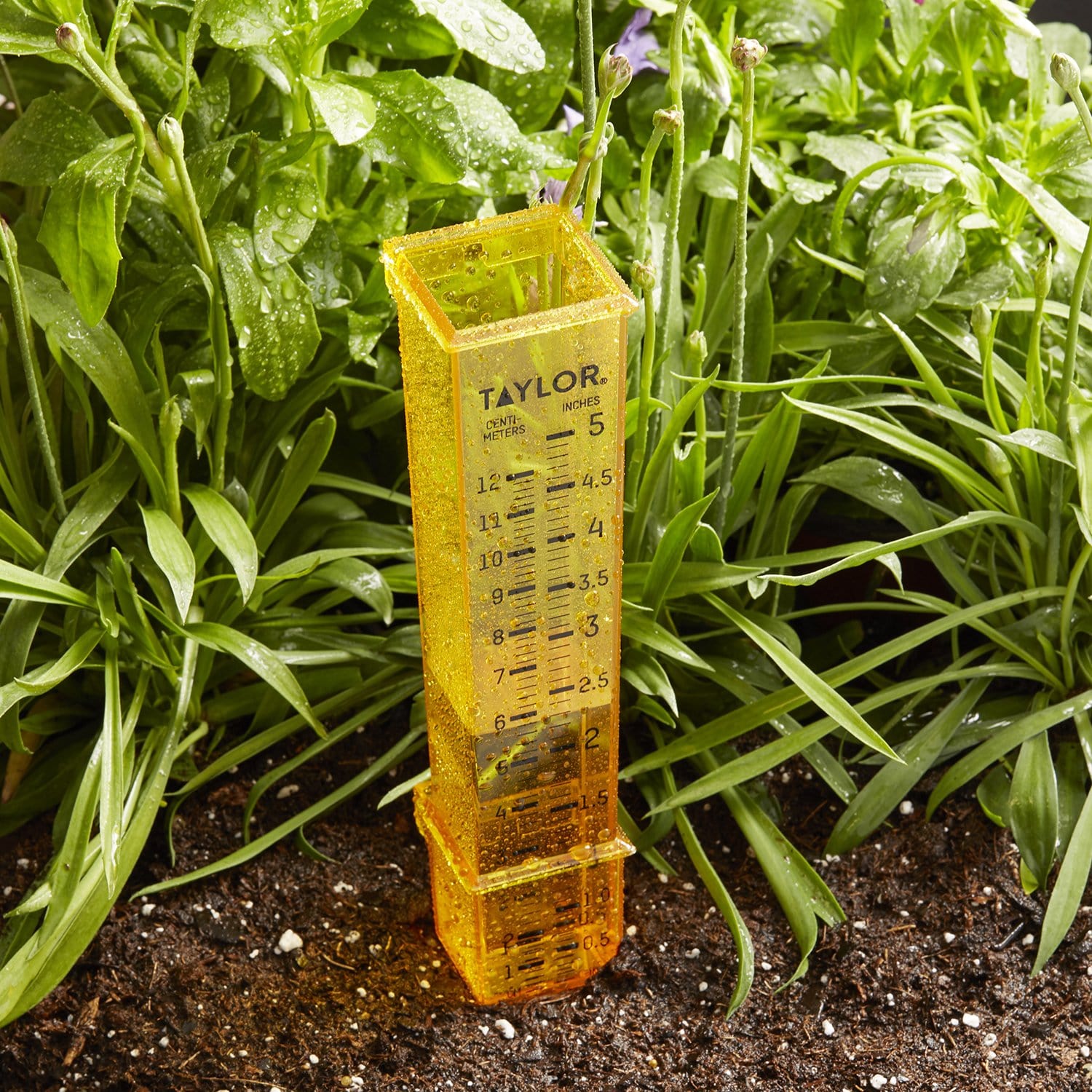Mastering the Science Behind The Rain Gauge: Insights and Innovations Unveiled
Wiki Article
DIY Rainfall Scale: Easy Actions to Make Your Own
Creating your own DIY rainfall scale is a efficient and basic means to tape-record and gauge precipitation. With just a few common materials and some basic steps, you can quickly build your own rain scale at home. Let's get started on making your DIY rain gauge today!Gather Materials
To begin creating your DIY rain scale, collect all the required products using a comprehensive listing of things. Having the best products on hand will make sure the effective production of your rain gauge and allow for precise dimensions of rainfall. Collecting these products beforehand will enhance the building and construction process and make sure that you have every little thing you need to produce your very own Do it yourself rainfall gauge.Prepare the Container

Mark the Dimension Increments
To precisely measure the quantity of rainfall, accurately noting the measurement increments on your do it yourself rain gauge is vital. Without clear and accurate markings, it would be difficult to establish the precise amount of rains collected in your rainfall gauge. Below are the actions to mark the dimension increments on your rain scale.First, choose the system of dimension that you want to use. One of the most common systems for measuring rainfall are inches and millimeters. As soon as you have selected the unit, utilize a long-term pen or water resistant paint to note the increments on the side of your rain scale. For inches, you can mark every quarter inch or every half inch, depending on your preference. For millimeters, you can note every 10 millimeters or every 20 millimeters.
When noting the increments, it is essential to guarantee that they are equally spaced and plainly visible. Utilize a ruler or determining tape to make certain accuracy and uniformity. In addition, make certain that the markings are immune to fading or abrading, as exposure to the components might cause them to degrade in time.
Area the Rainfall Scale Outdoors
The rainfall scale should be put outdoors to accurately accumulate rainfall information. The area chosen for the rain gauge need to be open and free from any kind of obstructions that could potentially affect the measurement of rains. The Rain Gauge.Furthermore, it is vital to place the rainfall scale on a steady surface, such as a level ground or a tough article. This will certainly avoid any kind of activity or tilting his comment is here of the scale, which could result in imprecise dimensions. It is additionally suggested to prevent putting the scale near any kind of sources of artificial water, such as sprinklers or drainage systems, as this might hinder the precision of the measurements.
Screen and Record Rain Information
Routine surveillance and recording of rainfall information is vital for exact data analysis and interpretation. By keeping an eye on rainfall dimensions, you can acquire important understandings into weather condition patterns, climate fads, and water resource monitoring. To properly keep track of and videotape rainfall information, it is essential to establish a regular and preserve regular methods.Firstly, make sure that your rainfall gauge is positioned in an open location far from obstacles such as trees or buildings that might obstruct rainfall. In addition, make certain the rainfall scale is level and safely secured to stop any kind of motion that might affect the accuracy of the dimensions.

When taping the rains information, it is essential to note the day and time of each dimension. Use a ruler or a gauging adhere to figure out the rains depth in the rainfall scale, and record this information precisely.
To make sure the accuracy of the dimensions, it is suggested to clear the rain scale after each recording. This will avoid any kind of overflow or dissipation from affecting succeeding measurements.
Conclusion
Finally, developing a DIY rain scale is a functional and straightforward way to keep an eye on and tape-record rains information (The Rain Gauge). By complying with the steps described in this short article, you can conveniently gather products, prepare the container, note the measurement increments, and position the rainfall scale outdoors. On a regular basis checking and recording rainfall information can provide beneficial info for different functionsHaving the ideal products on hand will make certain the successful creation of your rainfall scale and permit for exact measurements of rains.To precisely gauge the quantity of rainfall, precisely noting the dimension increments on your Do it yourself rainfall gauge is important.The rain scale ought to be positioned outdoors to accurately collect rains information. The place picked for the rainfall scale must be totally a fantastic read free and open from any type of obstructions that might potentially affect the measurement of rainfall.In conclusion, developing a DIY rain scale is a functional and easy way to keep track of and tape rains data.
Report this wiki page